If scientists can solve the universe’s toughest problems over video chat, you can too.
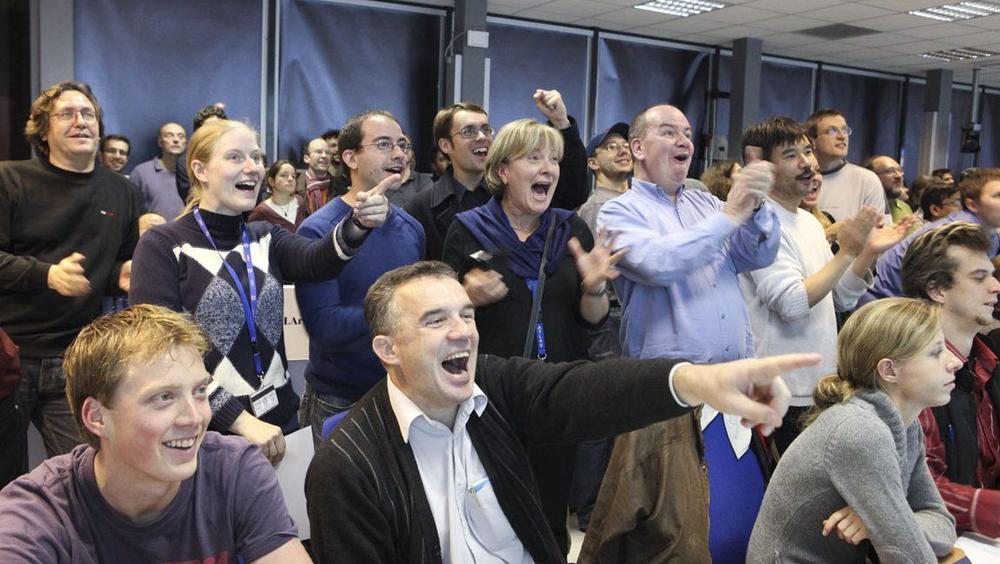

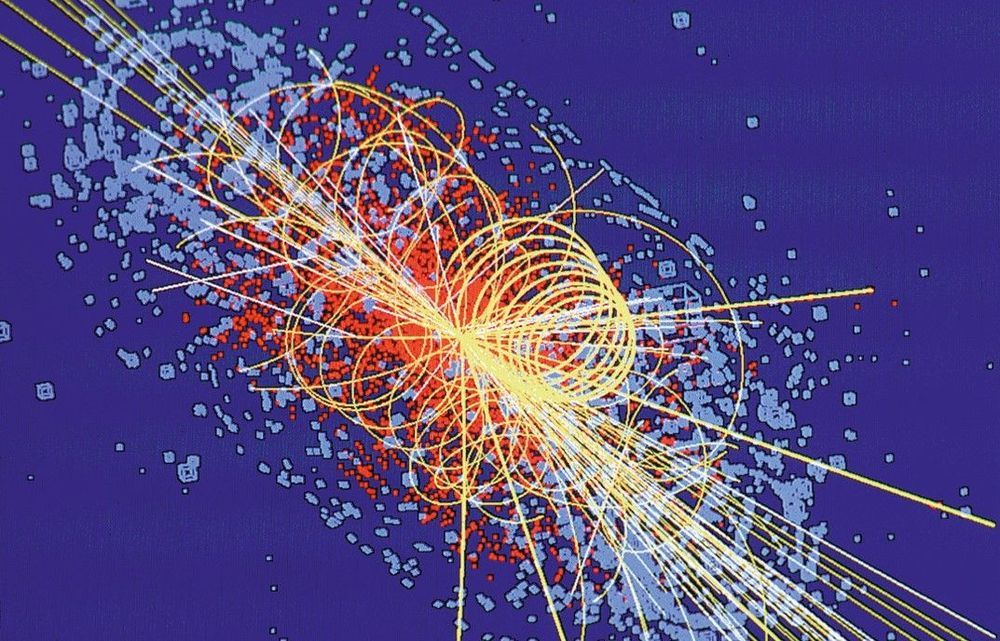
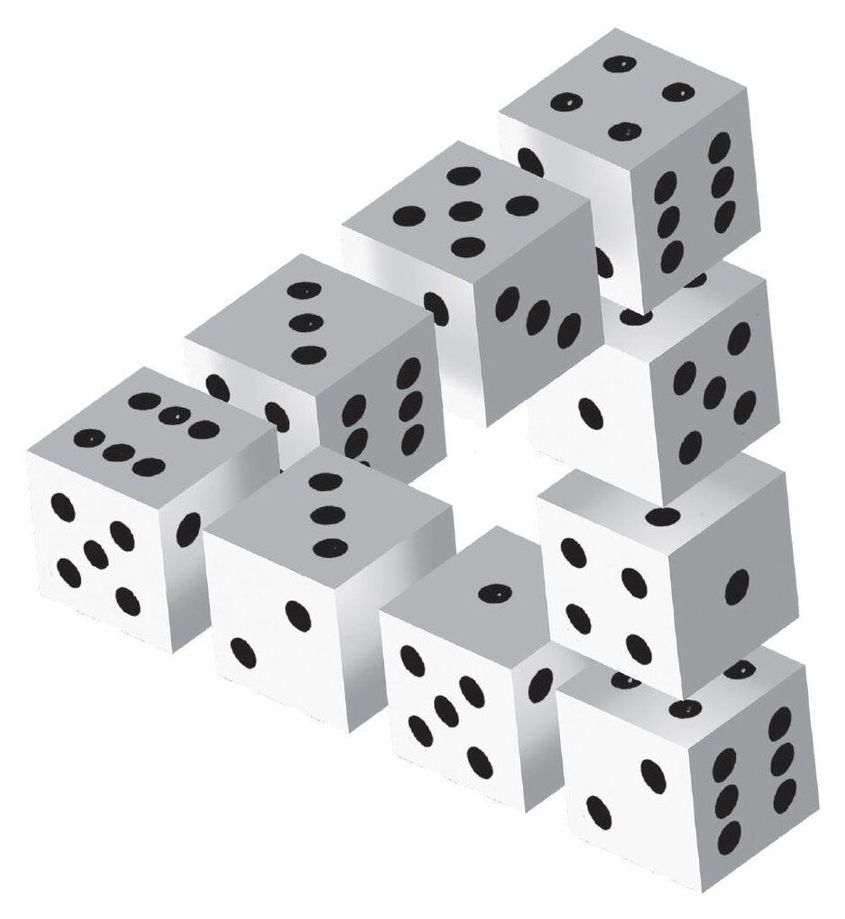
Since its beginnings, quantum mechanics hasn’t ceased to amaze us with its peculiarity, so difficult to understand. Why does one particle seem to pass through two slits simultaneously? Why, instead of specific predictions, can we only talk about evolution of probabilities? According to theorists from universities in Warsaw and Oxford, the most important features of the quantum world may result from the special theory of relativity, which until now seemed to have little to do with quantum mechanics.
Since the arrival of quantum mechanics and the theory of relativity, physicists have lost sleep over the incompatibility of these three concepts (three, since there are two theories of relativity: special and general). It has commonly been accepted that it is the description of quantum mechanics that is the more fundamental and that the theory of relativity that will have to be adjusted to it. Dr. Andrzej Dragan from the Faculty of Physics, University of Warsaw (FUW) and Prof. Artur Ekert from the University of Oxford (UO) have just presented their reasoning leading to a different conclusion. In the article “The Quantum Principle of Relativity,” published in the New Journal of Physics, they prove that the features of quantum mechanics determining its uniqueness and its non-intuitive exoticism—accepted, what’s more, on faith (as axioms)—can be explained within the framework of the special theory of relativity. One only has to decide on a certain rather unorthodox step.
Albert Einstein based the special theory of relativity on two postulates. The first is known as the Galilean principle of relativity (which, please note, is a special case of the Copernican principle). This states that physics is the same in every inertial system (i.e., one that is either at rest or in a steady straight line motion). The second postulate, formulated on the result of the famous Michelson-Morley experiment, imposed the requirement of a constant velocity of light in every reference system.
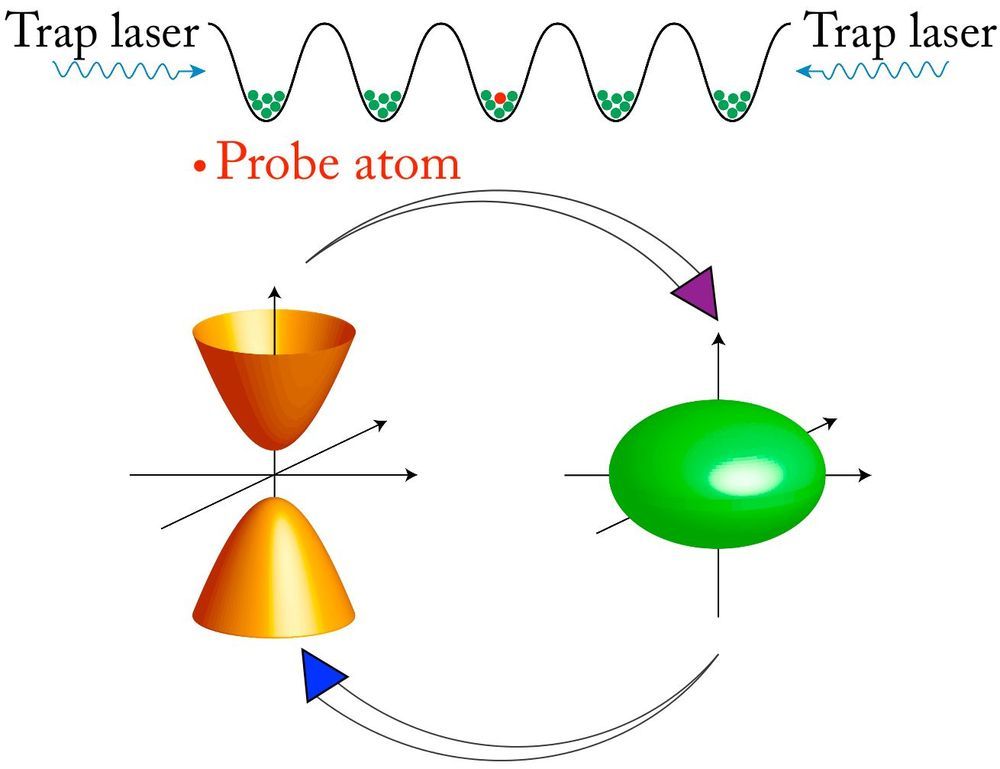
Circa 2016
Scientists have devised a way to build a “quantum metamaterial”—an engineered material with exotic properties not found in nature—using ultracold atoms trapped in an artificial crystal composed of light. The theoretical work represents a step toward manipulating atoms to transmit information, perform complex simulations or function as powerful sensors.
The research team, led by scientists at the Department of Energy’s Lawrence Berkeley National Laboratory (Berkeley Lab) and UC Berkeley, proposes the use of an accordion-like atomic framework, or “lattice” structure, made with laser light to trap atoms in regularly spaced nanoscale pockets. Such a light-based structure, which has patterned features that in some ways resemble those of a crystal, is essentially a “perfect” structure—free of the typical defects found in natural materials.
Researchers believe they can pinpoint the placement of a so-called “probe” atom in this crystal of light, and actively tune its behavior with another type of laser light (near-infrared light) to make the atom cough up some of its energy on demand in the form of a particle of light, or photon.

A fundamental challenge in the creation of a “quantum internet” is how to securely transmit data between two points. But one team of U.S. scientists may have found the answer.
New research from experts at the California Institute of Technology (Caltech) suggests atoms in small boxes of light — optical cavities — could soon “form the backbone technology” of the futuristic internet that relies on the mysterious properties of quantum mechanics for ultra-fast computing.

ANN ARBOR—The most violent solar weather—coronal mass ejections—can flood space with high-energy particle radiation that would harm astronauts and damage spacecraft in its path..
A new $62.6 million NASA mission led by the University of Michigan aims to provide better information on how the sun’s radiation affects the space environment that our spacecraft and astronauts travel through.
The Sun Radio Interferometer Space Experiment, or SunRISE, consists of miniature satellites called cubesats that form a “virtual telescope” in space to detect and study the radio waves that precede major solar events. The waves can’t be detected on Earth’s surface due to interference from the region of Earth’s upper atmosphere known as the ionosphere.
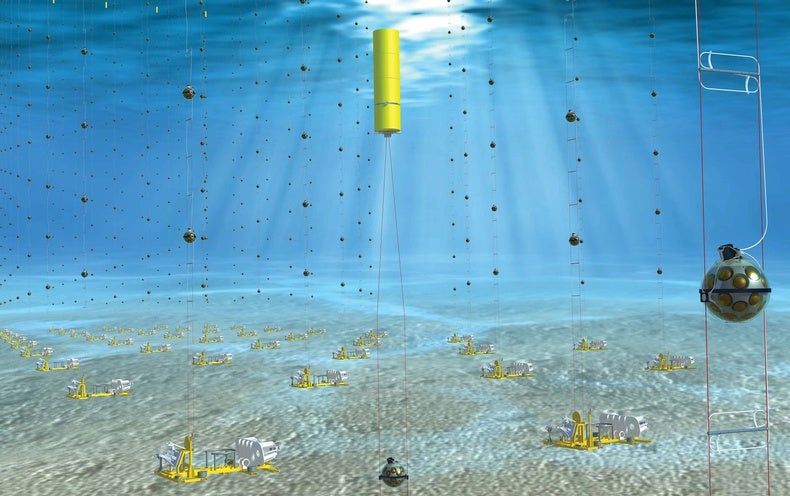
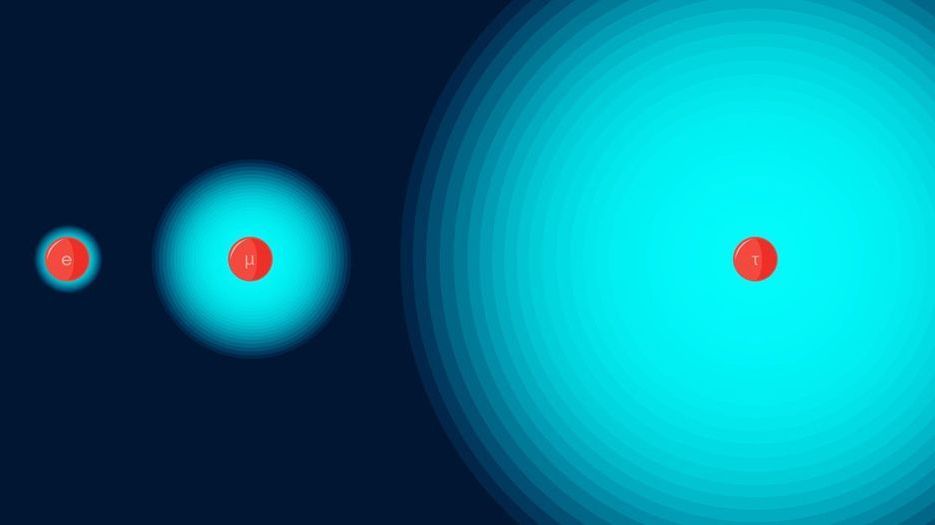
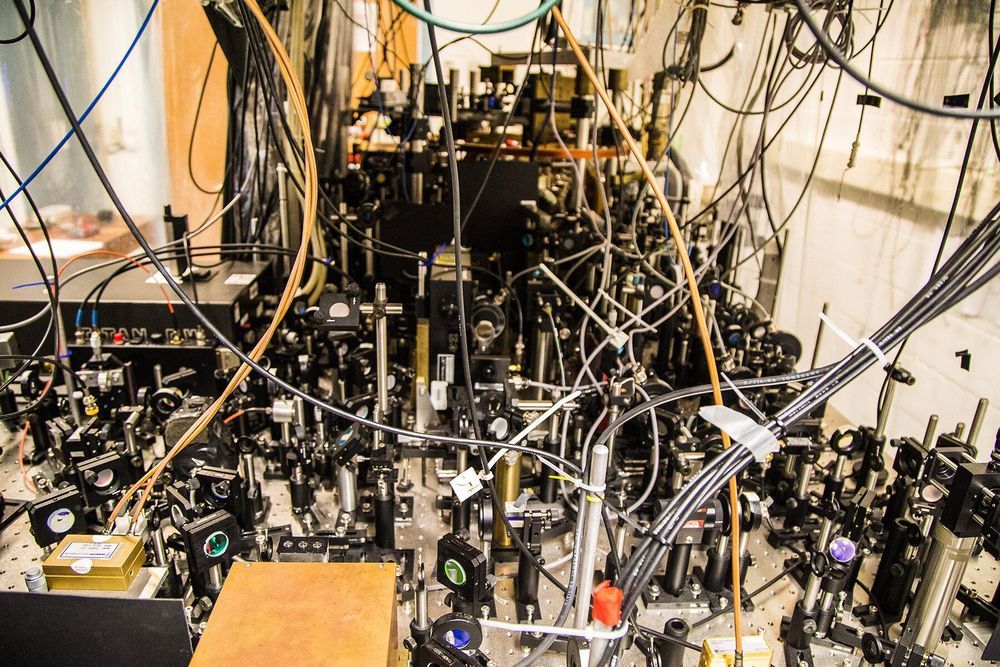
Bosons and fermions, the two classes into which all particles—from the sub-atomic to atoms themselves—can be sorted, behave very differently under most circumstances. While identical bosons like to congregate, identical fermions tend to be antisocial. However, in one dimension—imagine particles that can only move on a line—bosons can become as stand-offish as fermions, so that no two occupy the same position. Now, new research shows that the same thing—bosons acting like fermions—can happen with their velocities. The finding adds to our fundamental understanding of quantum systems and could inform the eventual development of quantum devices.
“All particles in nature come in one of two types, depending on their ‘spin,’ a quantum property with no real analogue in classical physics,” said David Weiss, Distinguished Professor of Physics at Penn State and one of the leaders of the research team. “Bosons, whose spins are whole integers, can share the same quantum state, while fermions, whose spins are half integers, cannot. When the particles are cold or dense enough, bosons behave completely differently from fermions. Bosons form ‘Bose-Einstein condensates,’ congregating in the same quantum state. Fermions, on the other hand, fill available states one by one to form what is called a ‘Fermi sea.’”
Researchers at Penn State have now experimentally demonstrated that, when bosons expand in one dimension—the line of atoms is allowed spread out to become longer—they can form a Fermi sea. A paper describing the research appears March 27, 2020 in the journal Science.
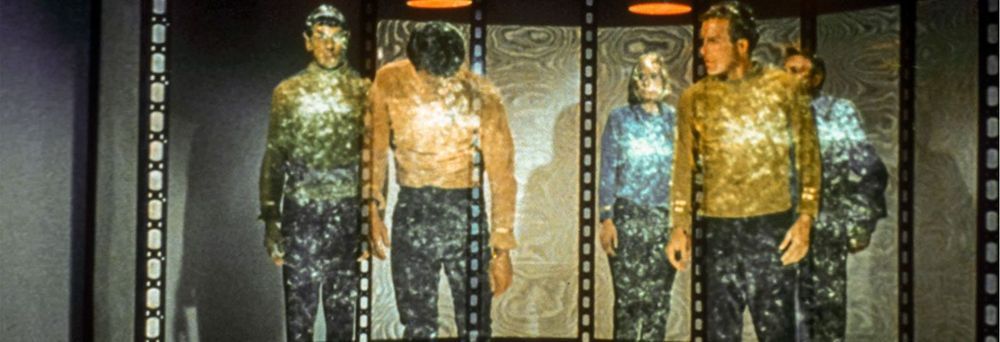
In 2005, the obituary of physicist Asher Peres in the magazine Physics Today told us that when a journalist asked him if quantum teleportation could transport a person’s soul as well as their body, the scientist replied: “No, not the body, just the soul.” More than just a simple joke, Peres’ response offers a perfect explanation, encoded in a metaphor, of the reality of a process that we have seen countless times in science fiction. In fact, teleportation does exist, although in the real world it is quite different from the famous “Beam me up, Scotty!” associated with the Star Trek series.
Teleportation in real science began to take shape in 1993 thanks to a theoretical study published by Peres and five other researchers in Physical Review Letters, which laid the foundation for quantum teleportation. Apparently, it was co-author Charles Bennett’s idea to associate the proposed phenomenon with the popular idea of teleportation, but there is an essential difference between fiction and reality: in the latter it’s not matter that travels, but rather information, which transfers properties from the original matter to that of the destination matter.
Quantum teleportation is based on a hypothesis described in 1935 by physicist Albert Einstein and his colleagues Boris Podolsky and Nathan Rosen, known as the EPR paradox. As a consequence of the laws of quantum physics, it was possible to obtain two particles and separate them in space so that they would continue to share their properties, as two halves of a whole. Thus, an action on one of them (on A, or Alice, according to the nomenclature used) would instantaneously have an effect on the other (on B, or Bob). This “spooky action at a distance”, in Einstein’s words, would seem capable of violating the limit of the speed of light.